In the introduction section of the article, we will set the foundation by discussing the definition and importance of power consumption in table saws. We will also explore the impact of power usage on the performance and efficiency of these tools. Additionally, we will address common misconceptions about wattage that are prevalent among table saw users.
Definition and Importance of Power Consumption in Table Saws:
- Defining power consumption in the context of table saws
- Highlighting the significance of understanding power requirements for optimal performance
- Explaining the relationship between power consumption and the ability to handle different cutting tasks
The Impact of Power Usage on Performance and Efficiency:
- Discussing how power consumption affects the cutting capabilities of a table saw
- Exploring the correlation between power and cutting speed
- Highlighting the importance of adequate power for achieving clean and precise cuts
Addressing Common Misconceptions About Wattage:
- Identifying misconceptions regarding the significance of wattage in table saws
- Debunking the myth that higher wattage always translates to better performance
- Explaining how other factors, such as blade quality and motor efficiency, contribute to overall performance
By covering these points in the introduction, readers will gain a clear understanding of the importance of power consumption in table saws and how it directly impacts the performance and efficiency of these tools. Additionally, addressing common misconceptions will help dispel any misunderstandings readers may have about wattage and its role in table saws.
Understanding Watts and Power Consumption:
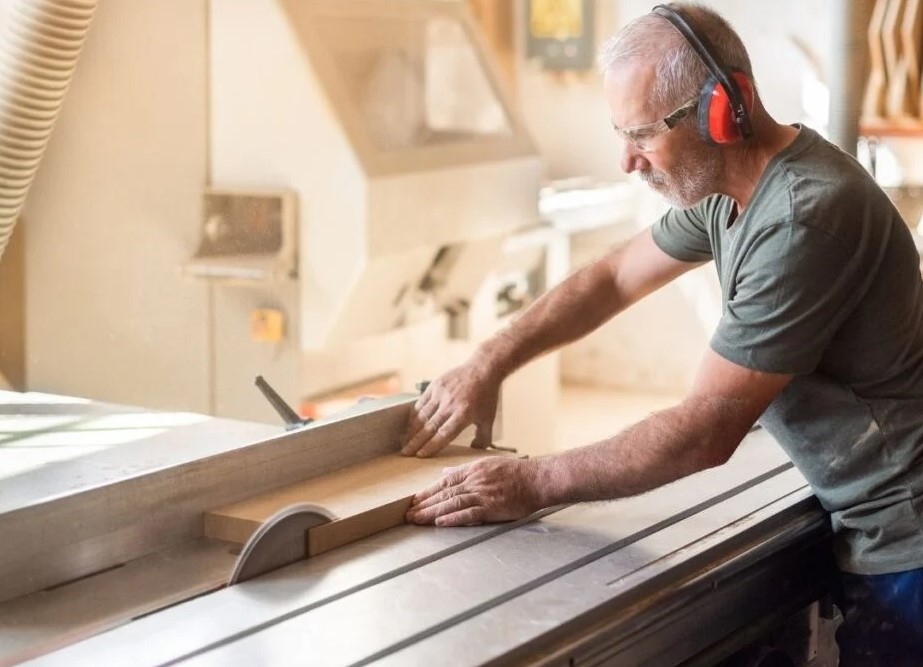
In this section, we will delve into the concept of watts and their relevance to table saws. We will explain the relationship between watts and power consumption, providing readers with a clear understanding of how wattage impacts the operation of table saws. Additionally, we will differentiate between input and output power and discuss the factors that influence power consumption, including motor size and blade type.
Explanation of Watts and Their Relevance to Table Saws:
- Defining watts as the unit of measurement for power consumption
- Describing how watts indicate the rate at which a table saw uses electrical energy
- Explaining the importance of understanding wattage for choosing the right table saw for specific cutting tasks
Differentiating Between Input and Output Power:
- Distinguishing between input power and output power in table saws
- Discussing how input power relates to the electrical energy supplied to the tool
- Explaining how output power represents the actual power available for cutting
Factors Influencing Power Consumption, such as Motor Size and Blade Type:
- Exploring the impact of motor size on power consumption
- Discussing how larger motors typically require more power to operate efficiently
- Addressing the relationship between blade type (e.g., rip blades, crosscut blades) and power usage
- Noting that certain blade types may require more power due to their design and cutting characteristics
By providing a clear explanation of watts and their relevance to table saws, readers will gain a foundational understanding of power consumption. Differentiating between input and output power will help readers comprehend the distinction between the electrical energy supplied and the actual power available for cutting. Finally, explaining the factors that influence power consumption, such as motor size and blade type, will enable readers to make informed decisions when selecting a table saw for their specific needs.
The Relationship Between Amps and Watts:
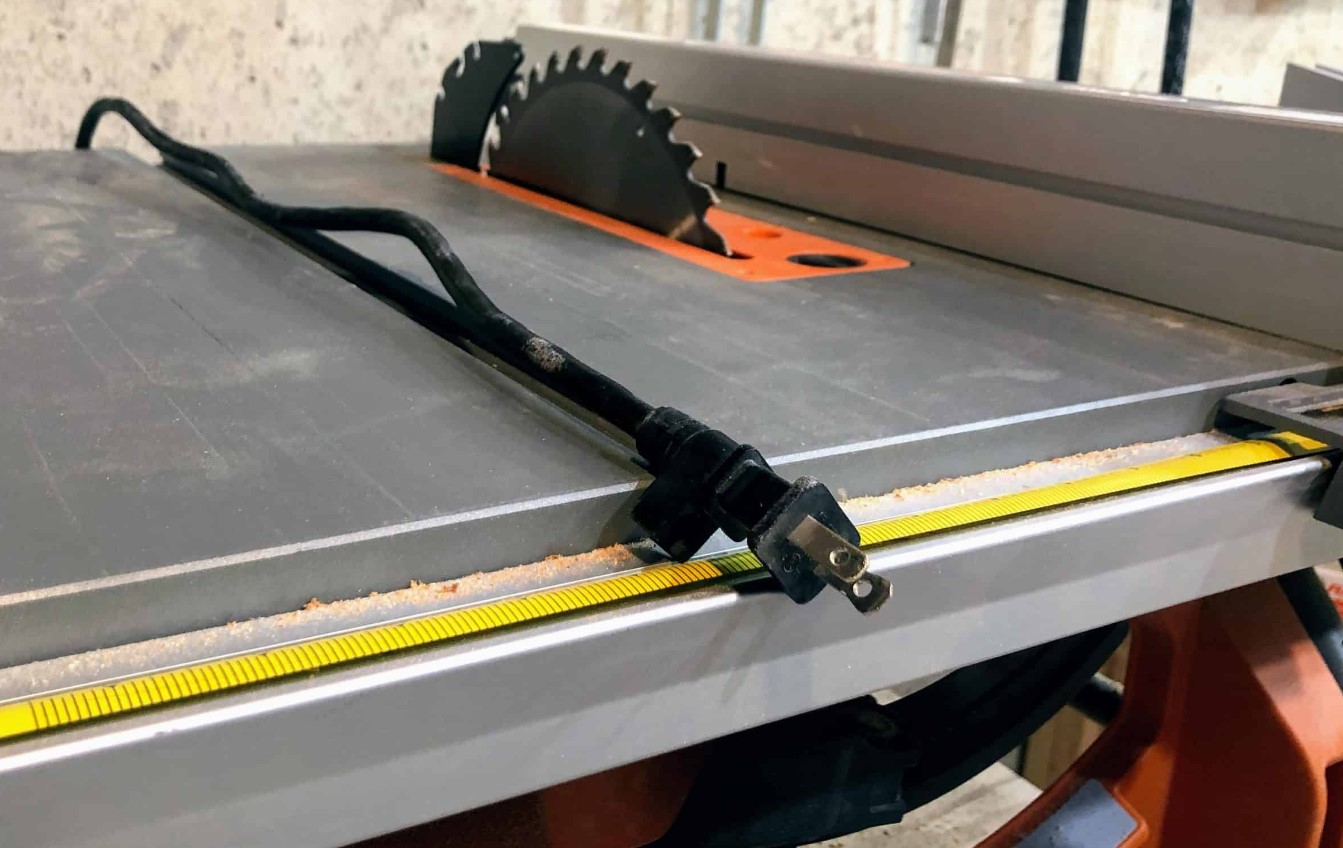
In this section, we will explore the relationship between amps and watts, which are both important factors in understanding power consumption. We will explain the relationship between amps and watts, provide a guide for converting amps to watts and vice versa, and discuss how amperage affects power consumption in table saws.
Explanation of the Relationship Between Amps and Watts:
- Defining amps as the measurement of electrical current flowing through a circuit
- Explaining watts as the measure of electrical power consumed or produced by a device
- Describing the relationship between amps and watts as the product of voltage and current (Watts = Volts x Amps)
Converting Amps to Watts and Vice Versa:
- Providing a step-by-step guide on converting amps to watts
- Explaining the formula for converting watts to amps
- Offering examples to illustrate the conversion process
How Amperage Affects Power Consumption in Table Saws:
- Discussing the impact of higher amperage on power consumption
- Explaining how higher amperage draws more current from the electrical supply
- Describing how increased amperage translates to higher power usage and potentially more cutting power
By clarifying the relationship between amps and watts, readers will gain a better understanding of these two important electrical measurements. Providing a guide for converting amps to watts and vice versa will enable readers to make calculations or conversions as needed. Lastly, explaining how amperage affects power consumption in table saws will help readers comprehend the connection between electrical current and the power required to operate these tools efficiently.
Typical Power Requirements for Table Saws:
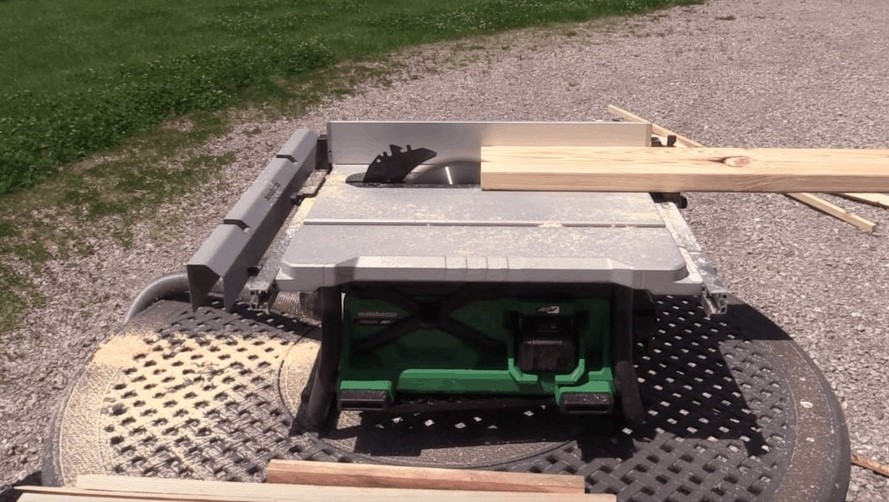
In this section, we will provide an overview of the average power consumption range for table saws. We will explore the wattage of various table saw models by presenting relevant statistics and studies. Additionally, we will discuss the factors that contribute to power variation among different table saws.
Overview of the Average Power Consumption Range for Table Saws:
- Describing the typical power requirements of table saws in terms of wattage
- Providing a range of average power consumption based on industry standards and common table saw models
- Highlighting the importance of considering wattage when selecting a table saw for specific woodworking tasks
Providing Statistics and Studies on the Wattage of Various Table Saw Models:
- Citing reputable sources that have conducted studies on the wattage of table saws
- Presenting data and statistics regarding the power consumption of popular table saw models on the market
- Including information on different power classes and their corresponding wattage ranges
Factors that Contribute to Power Variation Among Different Table Saws:
- Discussing the influence of motor power and size on a table saw’s wattage
- Exploring the impact of additional features, such as adjustable speed settings or integrated dust collection systems, on power consumption
- Addressing how the design and efficiency of the motor, including the use of brushless motors, can affect power requirements
By providing an overview of the typical power consumption range for table saws, readers will have a reference point for understanding the power needs of these tools. Including statistics and studies on the wattage of various table saw models adds credibility and allows readers to compare different options. Finally, discussing the factors that contribute to power variation among different table saws provides insight into why wattage may vary and helps readers make informed decisions when selecting a table saw that meets their specific requirements.
Factors Affecting Power Efficiency:
In this section, we will identify key factors that impact the efficiency of table saws. We will discuss the influence of motor design, insulation, and blade sharpness on power efficiency. Additionally, we will provide tips for selecting a table saw with optimal power efficiency.
Identifying Key Factors That Impact the Efficiency of Table Saws:
- Recognizing the importance of power efficiency in maximizing the performance of a table saw
- Identifying the primary factors that contribute to power efficiency and overall effectiveness of the tool
Discussing the Influence of Motor Design, Insulation, and Blade Sharpness:
- Exploring how motor design affects power efficiency, such as the use of high-efficiency or brushless motors
- Highlighting the significance of proper insulation in minimizing power loss and heat generation
- Discussing the impact of blade sharpness on power consumption, as a dull blade requires more power to cut efficiently
Tips for Selecting a Table Saw with Optimal Power Efficiency:
- Considering table saws with energy-efficient motors and advanced motor control systems
- Choosing a table saw with good insulation properties to reduce power loss
- Selecting high-quality, sharp blades that require less power to cut through materials effectively
- Considering additional features, such as electronic speed control, which allows for better power utilization
By identifying the key factors that impact power efficiency, readers will understand the importance of selecting a table saw that maximizes its power usage. Discussing the influence of motor design, insulation, and blade sharpness provides readers with actionable insights on how to improve power efficiency. Finally, the tips provided for selecting a table saw with optimal power efficiency will assist readers in making informed decisions when purchasing a table saw that aligns with their efficiency requirements.
Power Consumption and Cutting Materials:
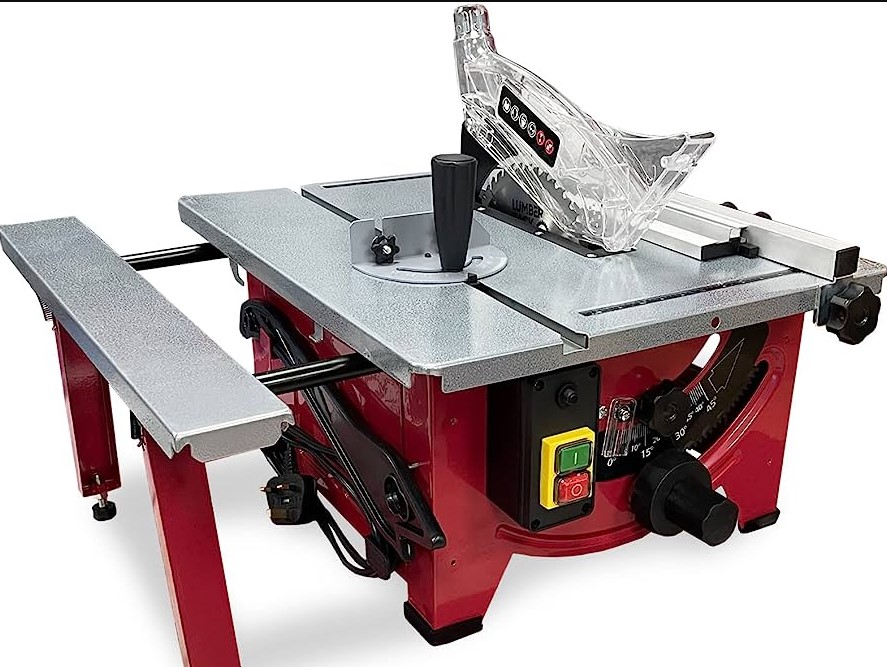
In this section, we will explore how different materials affect power consumption in table saws. We will analyze the power requirements for cutting softwoods, hardwoods, and sheet goods, and provide tips for adjusting power settings based on the material being cut.
Exploring How Different Materials Affect Power Consumption:
- Discussing how the density, hardness, and thickness of materials influence power consumption
- Explaining that denser and harder materials require more power to cut through efficiently
- Describing how variations in material composition impact the resistance encountered during cutting, affecting power usage
Analyzing the Power Requirements for Cutting Softwoods, Hardwoods, and Sheet Goods:
- Examining the typical power requirements for cutting softwoods, such as pine or cedar
- Discussing the increased power demands when cutting hardwoods, such as oak or maple
- Addressing the power consumption considerations when cutting sheet goods, such as plywood or MDF
Tips for Adjusting Power Settings Based on the Material Being Cut:
- Recommending lower power settings for softer materials to avoid excessive power consumption and potential damage
- Advising higher power settings for cutting denser materials to ensure efficient and clean cuts
- Suggesting adjusting feed rates in conjunction with power settings for optimal cutting performance
By exploring how different materials affect power consumption, readers will gain insights into the varying power demands of table saws when cutting different materials. Analyzing the power requirements for cutting softwoods, hardwoods, and sheet goods allows readers to understand the range of power consumption in specific woodworking applications. Finally, providing tips for adjusting power settings based on the material being cut empowers readers to make appropriate power adjustments for efficient and precise cuts, minimizing power waste and potential damage to the material or the table saw itself.
Energy-Saving Practices for Table Saw Users:
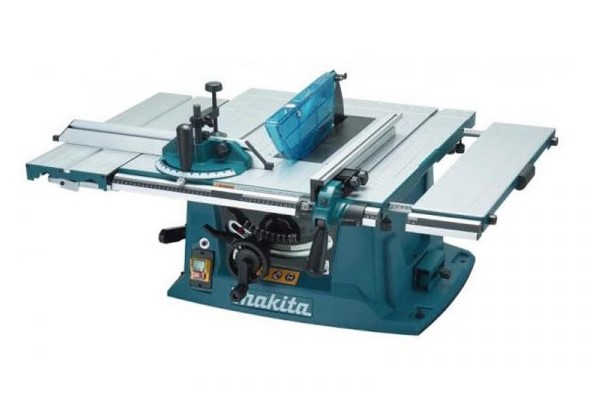
In this section, we will introduce energy-saving habits for table saw users. We will provide tips for optimizing cutting techniques to reduce power consumption and strategies for minimizing idle time while maximizing productivity.
Introducing Energy-Saving Habits for Table Saw Users:
- Emphasizing the importance of energy conservation and its impact on the environment and utility costs
- Encouraging table saw users to develop energy-saving habits as part of responsible woodworking practices
Tips for Optimizing Cutting Techniques to Reduce Power Consumption:
- Promoting the use of appropriate blade types for specific cutting tasks to minimize power requirements
- Encouraging users to set the saw’s cutting depth accurately to reduce unnecessary power consumption
- Recommending the use of efficient cutting techniques, such as using steady, controlled feed rates, to optimize power usage
- Suggesting the use of jigs, guides, or fixtures to improve accuracy and minimize the need for re-cuts that waste power
Strategies for Minimizing Idle Time and Maximizing Productivity:
- Advising users to plan their cuts efficiently to minimize idle time and unnecessary power consumption
- Encouraging the use of push sticks or push blocks to maintain a steady feed rate, avoiding pauses that waste power
- Recommending batch cutting or organizing cutting tasks to minimize setup time and maximize productivity
- Emphasizing the importance of keeping the table saw clean and well-maintained to ensure optimal power efficiency
By introducing energy-saving habits for table saw users, readers will understand the significance of incorporating energy conservation into their woodworking routines. The tips provided for optimizing cutting techniques will assist users in reducing power consumption while achieving high-quality cuts. Additionally, the strategies for minimizing idle time and maximizing productivity will help users make the most efficient use of their table saws while conserving energy.
The Role of Power Tools in Sustainable Woodworking:
In this section, we will highlight the importance of energy efficiency in woodworking and discuss the environmental impact of high-power consumption. We will promote the use of energy-efficient tools and advocate for sustainable practices within the woodworking community.
Highlighting the Importance of Energy Efficiency in Woodworking:
- Explaining the significance of energy efficiency in reducing resource consumption and environmental impact
- Discussing how energy-efficient woodworking practices contribute to sustainable and responsible use of resources
- Emphasizing the role of power tools, including table saws, in achieving energy efficiency goals
Discussing the Environmental Impact of High-Power Consumption:
- Addressing the consequences of high-power consumption, such as increased carbon emissions and energy waste
- Highlighting the environmental challenges associated with inefficient power usage in woodworking processes
- Presenting statistics or studies that demonstrate the environmental impact of high-power consumption in woodworking
Promoting the Use of Energy-Efficient Tools and Sustainable Practices:
- Advocating for the selection of energy-efficient table saws and power tools that are designed to minimize power consumption
- Encouraging woodworkers to consider energy efficiency ratings, such as Energy Star, when purchasing new equipment
- Promoting sustainable practices, such as proper maintenance and regular servicing of power tools to ensure optimal efficiency
- Suggesting the use of alternative energy sources, such as solar or wind power, to further reduce environmental impact
By highlighting the importance of energy efficiency in woodworking, readers will understand the significance of reducing power consumption in their woodworking processes. Discussing the environmental impact of high-power consumption raises awareness about the need for sustainable practices. Promoting the use of energy-efficient tools and advocating for sustainable practices encourages woodworkers to actively participate in reducing their environmental footprint while enjoying the craft.
Maintaining Optimal Power Efficiency:
In this section, we will provide tips for maintaining a table saw’s power efficiency over time. We will discuss regular maintenance routines that ensure peak performance and highlight cleaning and lubrication techniques to reduce friction and power loss.
Tips for Maintaining a Table Saw’s Power Efficiency Over Time:
- Emphasizing the importance of regular maintenance in preserving power efficiency
- Encouraging users to follow manufacturer’s guidelines and recommendations for maintenance tasks
- Reminding users to inspect and address any issues promptly to prevent power loss or decreased performance
Regular Maintenance Routines to Ensure Peak Performance:
- Advising users to regularly check and replace worn-out or damaged parts, such as belts, bearings, or brushes
- Recommending regular calibration of the table saw to maintain accurate cutting angles and minimize power waste
- Highlighting the significance of proper tensioning of the drive belt for optimal power transmission
Cleaning and Lubrication Techniques to Reduce Friction and Power Loss:
- Instructing users on the importance of keeping the table saw clean and free from dust and debris
- Providing guidelines for cleaning the saw’s components, such as the table surface, miter gauge, and blade guard
- Recommending the use of appropriate lubricants on moving parts, such as the blade elevation mechanism or sliding rails, to minimize friction and power loss
By providing tips for maintaining a table saw’s power efficiency over time, readers will understand the value of regular maintenance in preserving optimal performance. The suggested maintenance routines will guide users in addressing potential issues promptly and keeping the table saw in peak condition. Additionally, the cleaning and lubrication techniques shared will help reduce friction, minimize power loss, and ensure smooth operation of the tool.
Safety Considerations and Power Usage:
In this section, we will address safety concerns related to power consumption when operating a table saw. We will emphasize the importance of proper grounding and electrical safety measures. Additionally, we will provide tips for using personal protective equipment (PPE) to ensure safe operation of table saws.
Addressing Safety Concerns Related to Power Consumption:
- Highlighting the potential hazards associated with improper power usage
- Discussing the risks of electrical shocks, fire hazards, and damage to the tool or workpiece
- Emphasizing the importance of understanding and following safety guidelines specific to the table saw being used
Importance of Proper Grounding and Electrical Safety Measures:
- Explaining the significance of proper grounding for electrical safety
- Discussing the use of Ground Fault Circuit Interrupters (GFCIs) to protect against electrical shocks
- Advising users to inspect cords, plugs, and electrical connections for any signs of wear or damage
Tips for Using Personal Protective Equipment (PPE) While Operating Table Saws:
- Recommending the use of eye protection, such as safety goggles, to protect against flying debris
- Advising the use of hearing protection, such as earplugs or earmuffs, to minimize noise exposure
- Emphasizing the importance of wearing appropriate clothing, including long sleeves, gloves, and closed-toe shoes, to prevent injuries
By addressing safety concerns related to power consumption, readers will be reminded of the importance of safe operating practices. Discussing proper grounding and electrical safety measures raises awareness of the potential risks and encourages users to prioritize safety when working with table saws. Lastly, providing tips for using personal protective equipment (PPE) reinforces the importance of protecting oneself while operating the tool, minimizing the risk of accidents and injuries.
Conclusion:
In this concluding section, we will recap the key points discussed in the article, emphasize the significance of understanding power consumption for table saw users, and encourage readers to apply energy-saving practices and maintain power efficiency.
Recap of the Key Points Discussed in the Article:
- We explored the definition and importance of power consumption in table saws.
- The impact of power usage on performance and efficiency was discussed.
- Common misconceptions about wattage were addressed.
- The relationship between amps and watts was explained, along with methods for converting between the two.
- Typical power requirements for table saws were outlined, including statistics and studies on wattage.
- Factors affecting power efficiency, such as motor design, insulation, and blade sharpness, were identified.
- The influence of different materials on power consumption was explored.
- Energy-saving practices for table saw users, such as optimizing cutting techniques and minimizing idle time, were provided.
- The role of power tools in sustainable woodworking was highlighted, considering the importance of energy efficiency and promoting sustainable practices.
- Tips for maintaining optimal power efficiency through regular maintenance and cleaning techniques were discussed.
- Safety considerations related to power usage, including proper grounding, electrical safety measures, and the use of personal protective equipment (PPE), were addressed.
Emphasizing the Significance of Understanding Power Consumption for Table Saw Users:
- Understanding power consumption is crucial for selecting the right table saw, optimizing performance, and achieving clean and precise cuts.
- Knowledge of power requirements helps users make informed decisions and avoid common misconceptions.
Encouragement to Apply Energy-Saving Practices and Maintain Power Efficiency:
- Applying energy-saving practices benefits both the environment and the user’s utility costs.
- Users are encouraged to optimize cutting techniques, minimize idle time, and select energy-efficient tools.
- Regular maintenance, cleaning, and lubrication help maintain power efficiency over time.
Understanding power consumption in table saws is essential for table saw users. By applying energy-saving practices and maintaining power efficiency, users can maximize the performance of their table saws while minimizing environmental impact and operating costs. It is our hope that this article has provided valuable insights and guidance for users to make informed decisions and practice responsible woodworking habits.